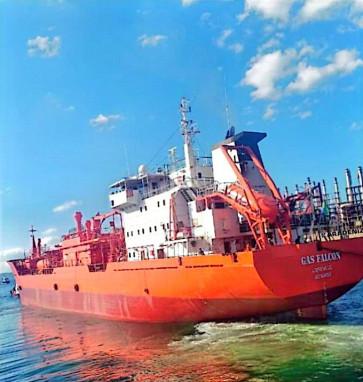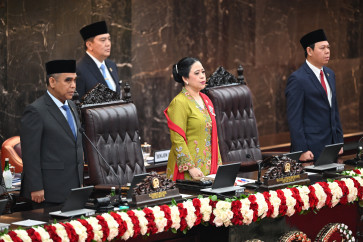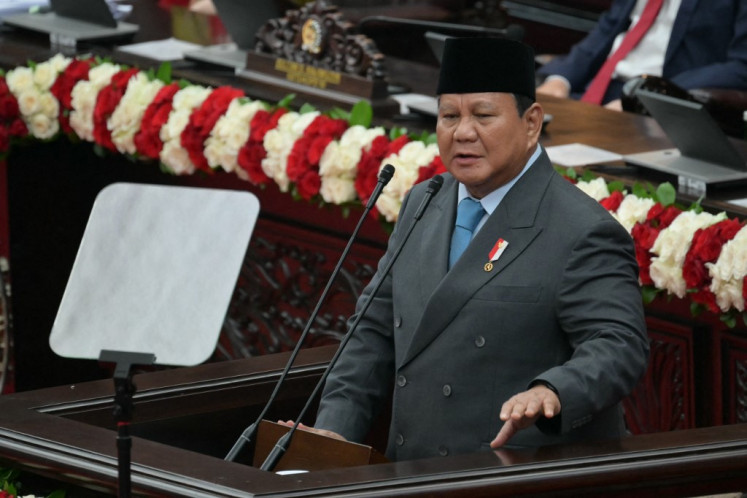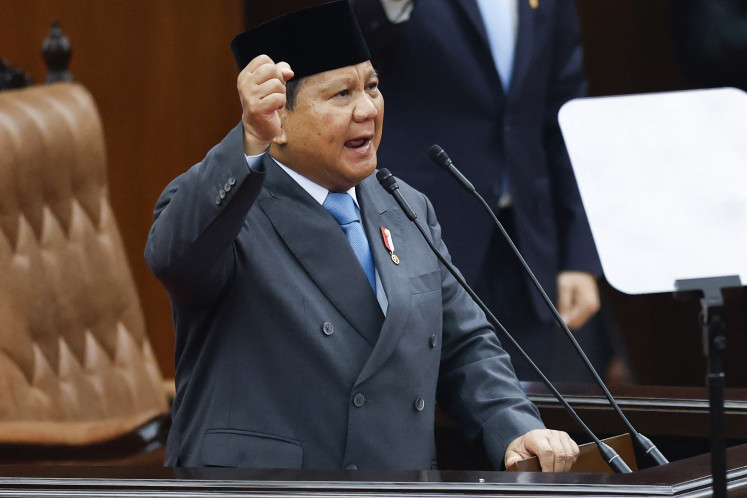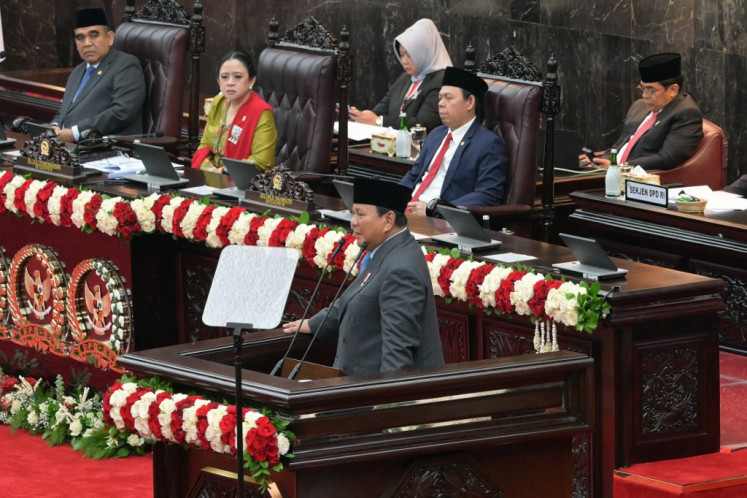Popular Reads
Top Results
Can't find what you're looking for?
View all search resultsPopular Reads
Top Results
Can't find what you're looking for?
View all search resultsLetters: Siti Hajar's suffering
I wonder if every Muslim knows who Siti Hajar is
Change text size
Gift Premium Articles
to Anyone
I wonder if every Muslim knows who Siti Hajar is. What they know is that she is an Indonesian maid who has lately come under the spotlight because she was physically abused in Malaysia.
Another Siti Hajar was the Prophet Ibrahim's (Abraham) second wife who suffered because she was sent far away from Ibrahim not long after giving birth to his son, Ismail. Ibrahim made her his second wife after she suggested he do so, as she could not give birth to any children after her long marriage to him.
Siti Hajar's real suffering began when she ran out of food in a barren land, and could not feed her son Ismail. She did not know where to go to find food and water, and her breast were running out of milk. She put Ismail under a tree and ran seven times from one hill (Shofa) to the other (Marwa) but to no avail. In the meantime, Ismail cried with his feet pounding the ground. Miraculously, water sprang up from Ismail's feet and his mother shouted "zam...zam" (gather, gather) gratefully.
Soon afterwards, one by one, merchants stopped by to rest, and the news about the new water spring spread throughout the Arabian land, prompting Ibrahim to see it too. After that, he happily reunited with his wife, Siti Hajar and Ismail.
However, only a few years later, when Ismail was a bit older, Siti Hajar's patience was tested once again because, on Allah's order, Ibrahim had to sacrifice Ismail. But when pious Ibrahim was about to kill his son, an angel came down saying Ibrahim should sacrifice a sheep instead. All the above is part of the present haj proceedings at Mecca.
The present Siti Hajar has been suffering physical abuse for at least three years with her salary held back for the same period, and her patience tested too. If the former Siti was miraculously helped by Allah, in this modern time, it is the government that should help the latter Siti.
Siti Hajar is one of many hundreds or even thousands of victimized Indonesian migrant workers abroad. The ministry of manpower and transmigration and the Agency for Migrant Workers' Placement and Protection (BNP2TKI) should help the victims, by improving the policies aimed at protecting those individuals, including making sure the existing memorandum of understandings and contracts are really in the interest of migrant workers.
It's worth noting the ministry of foreign affairs has greatly improved its services with Ministerial Regulation No. 4/2008 on Citizen Service for Indonesian Overseas Representative Offices, which oversees Indonesian migrant workers abroad. Their best practices in providing excellent public services at the Kuala Lumpur and Singapore Embassies have earned the Foreign Affairs Ministry prime service awards from the President in 2008.
When it comes to handling migrant worker cases, we should not be hesitate to learn from the Philippines' Bureau of Labor Relation whose tasks is to recruit, train, place and protect its migrant workers at departure and arrival. So far, none of their migrant workers have suffered similar fates to that of Siti. The Philippines migrant workers remit around US$5.6 billion in foreign exchange to their country every year, as compared to $8 billion in 2008 for Indonesians.
M. Rusdi
Jakarta



